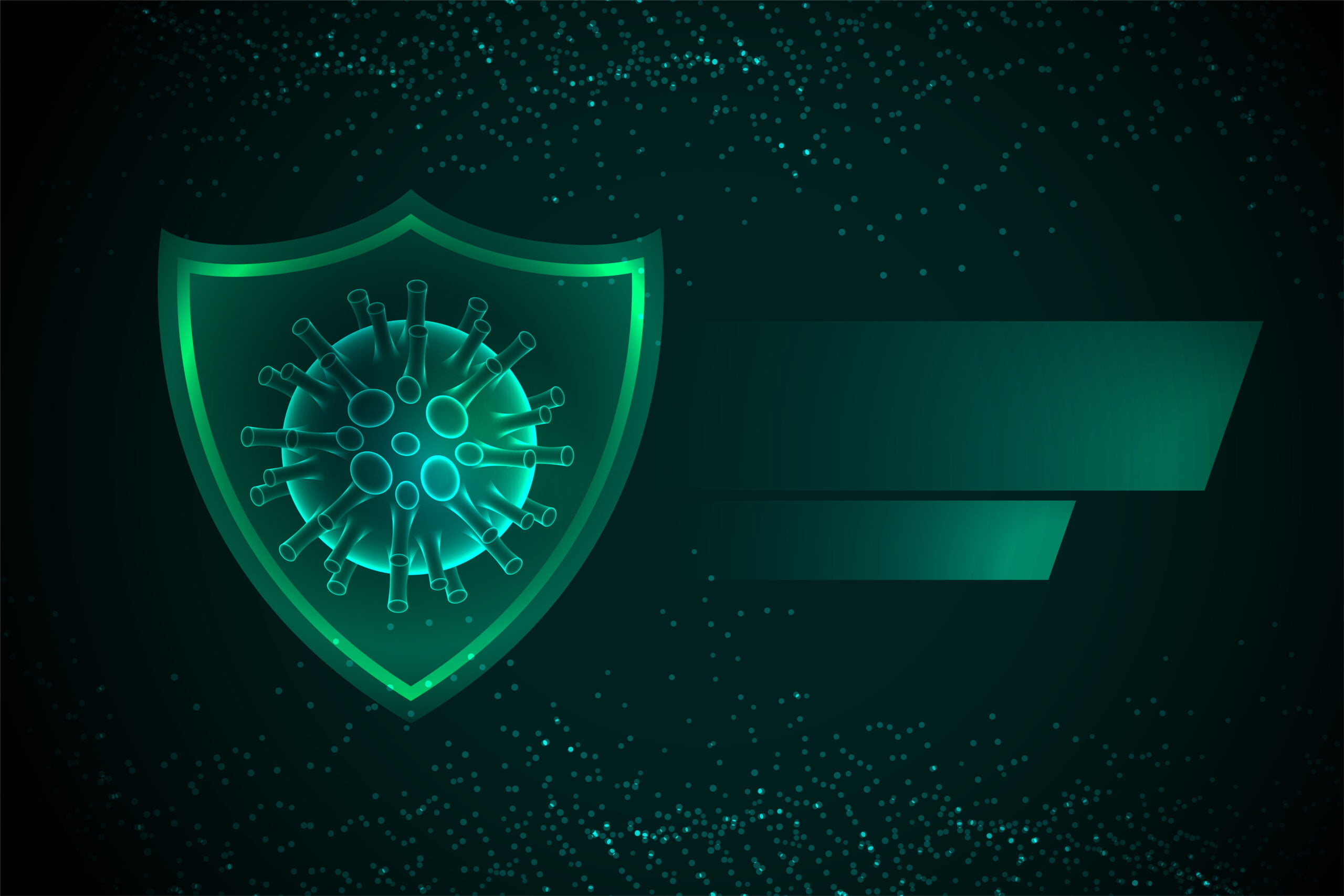Definition of cyber security::-
The practice of ensuring confidentiality, integrity and availability of information by protecting network devices ,people and data from unauthorized access or criminal exploitation.
Contents In Page
Toggle
Introduction to Cyber security:
In the present advanced age, where technology is deeply connected in our day to day routines, the importance of cybersecurity cannot be indicate enough. With the rapid advancement of technology, cyber threats have become a significant concern for individuals and organizations alike. This article will deliver into the world of cybersecurity, exploring its sense, common risks, and best practices to protect your digital assets.
follow for more https://en.wikipedia.org/wiki/Computer_securityhttps://en.wikipedia.org/wiki/Computer_securityhttps://en.wikipedia.org/wiki/Computer_security
Understanding Cyber Threats:
Cyber threats incorporate a wide range of malicious activities that intend to think twice about confidentiality, integrity, and availability of digital information. These threats include malware, ransomware, phishing attacks, social engineering, and more. Hackers and cybercriminals employ utilize different strategies to exploit vulnerabilities in computer systems, networks, and software to gain unauthorized access or steal sensitive information.
Importance of Cybersecurity :
Effective cybersecurity measures are crucial to safeguard personal and sensitive data, prevent financial loss, protect privacy, and maintain the integrity of digital systems. Cybersecurity not only safeguard individuals from identity theft and online scams but also plays a vital role in ensuring the smooth operation of businesses and critical infrastructure.

Common Cybersecurity Risks:
Malware: Malicious software designed to harm systems and networks and disrupt their normal functioning.
Phishing: Deceptive techniques employed to trick individuals into revealing sensitive information.
Ransomware: Malware that encrypts data and demands a ransom for its release.
Weak Passwords: Easily guessable passwords that provide easy access to unauthorized person.
Unpatched Software: Outdated software with known vulnerabilities that can be exploited.
Social Engineering: Manipulative tactics to deceive individuals and gain unauthorized access.
Insider Threats: Attacks perpetrated by individuals with authorized access to systems or data. They may be ex employee ,trusted partners etc.
Unsecured Wi-Fi Networks: Open or poorly secured networks that can be exploited by attackers.
Best Practices for Online Security:
Securing Your Personal Devices: Keep your devices protected with up-to-date antivirus software and firewalls.
Strong Passwords: Create unique and complex passwords for all your online accounts.
Keeping Software and Systems Updated: Regularly update your operating system and software applications to patch vulnerabilities.
Recognizing Phishing Attacks: Be cautious of doubtful emails, messages, and websites asking for personal information.
Safe Browsing Practices: Use secure websites with SSL encryption and avoid clicking on unknown links.
Protecting Your Personal Information: Be mindful of the information you share online and avoid oversharing on social media.
Secure Online Shopping and Banking: Use trusted websites and secure payment methods for online transactions.
Cybersecurity for Businesses: Implement strong security measures, conduct regular employee training, and perform security audits to protect business data and customer information.

Benefits of security:
Protects against external and internal threats.( internal means former employee ,vendors, trusted partners etc.).
Meets regulatory compliance.
Reduces expenses
Maintain brand trust.
Conclusion:
In a world where our digital lives are interconnected, cybersecurity has become a critical aspect of our online presence. By understanding the common risks and implementing best practices, individuals and businesses can significantly reduce the chances of falling victim to cyber threats. It is imperative to stay watchful, update security measures regularly, and adopt a proactive approach to safeguard our digital world.
Good content